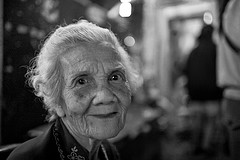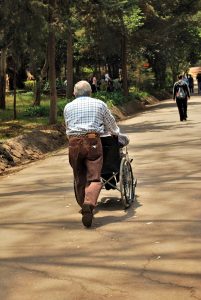 Nursing home abuse is a serious problem in San Diego. For a number of years, elder safety advocates have been looking for new ways to prevent nursing home abuse, as well as to properly identify it when it does happen. According to a recent article from USC News, “doctors, first responders, and other health care professionals can use techniques inspired by law enforcement to better identify and address cases of elder abuse.” This new methodology for detecting nursing home neglect arose from a clinical study at USC’s Leonard Davis School of Gerontology.
Nursing home abuse is a serious problem in San Diego. For a number of years, elder safety advocates have been looking for new ways to prevent nursing home abuse, as well as to properly identify it when it does happen. According to a recent article from USC News, “doctors, first responders, and other health care professionals can use techniques inspired by law enforcement to better identify and address cases of elder abuse.” This new methodology for detecting nursing home neglect arose from a clinical study at USC’s Leonard Davis School of Gerontology.
When we say that healthcare providers and emergency responders should take a cue from law enforcement when looking for signs and symptoms of elder abuse, what, precisely, do we mean? In short, the study suggests that a “forensic lens” approach can help those not trained in law enforcement to determine where there is “cause to believe neglect or abuse [has] taken place.”
Looking for Clues in Two Different Case Studies
 Southern California Nursing Home Abuse Lawyer Blog
Southern California Nursing Home Abuse Lawyer Blog

















